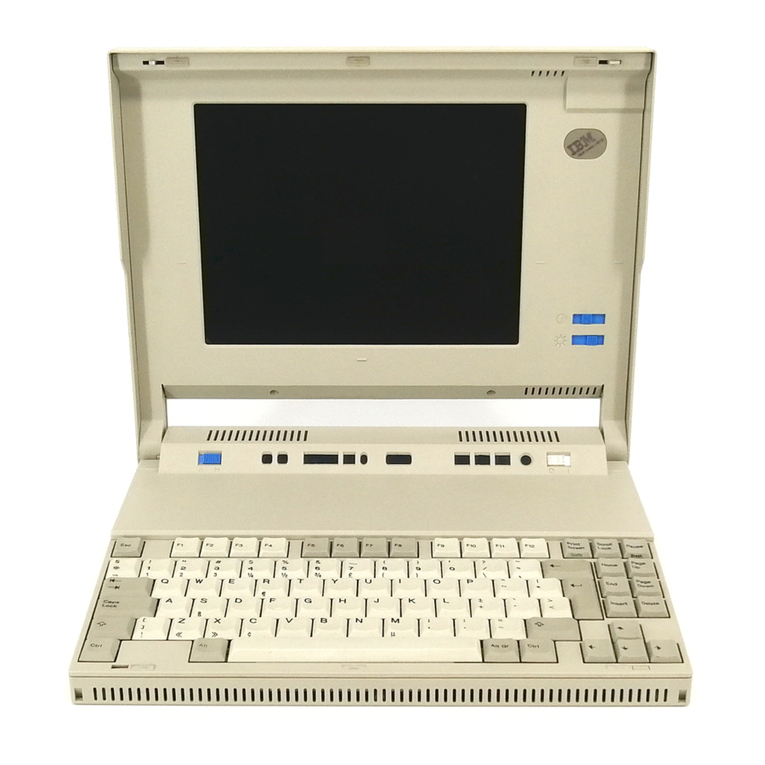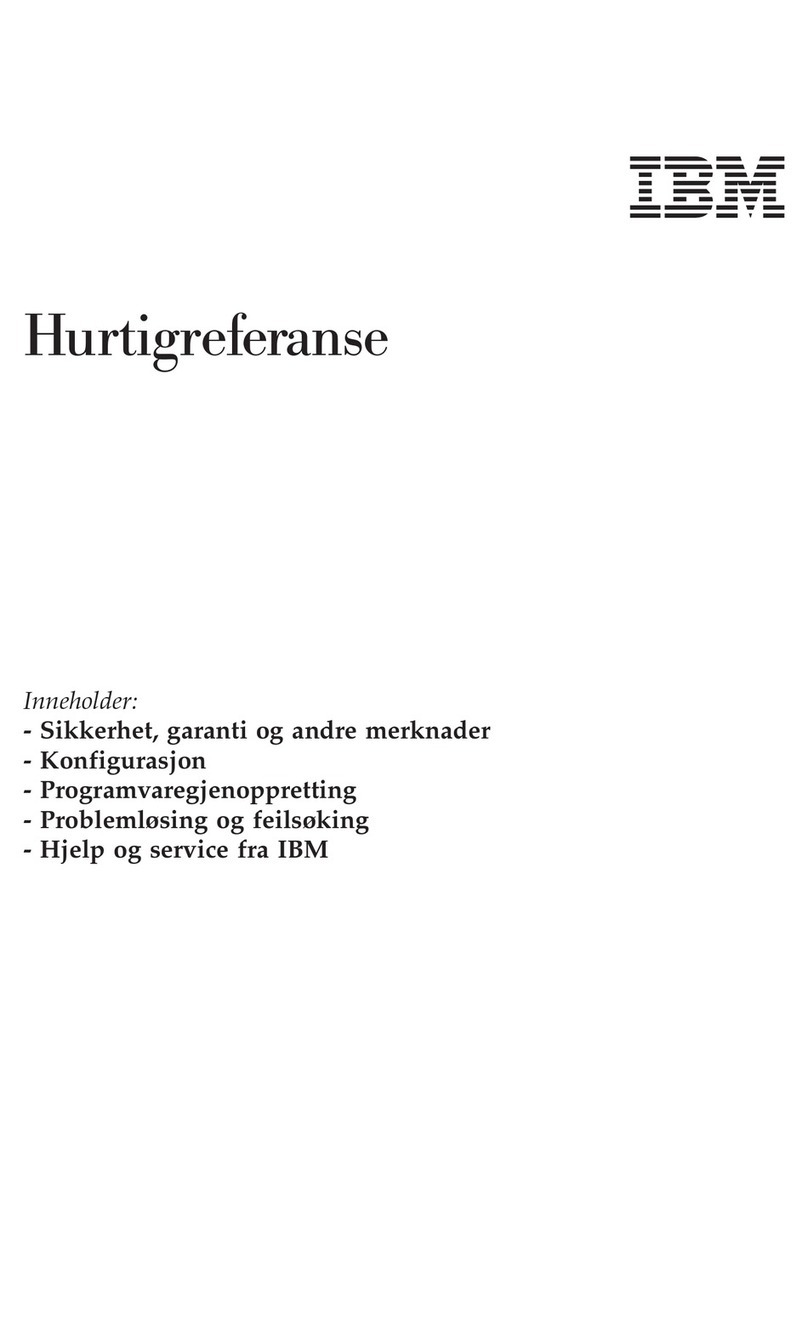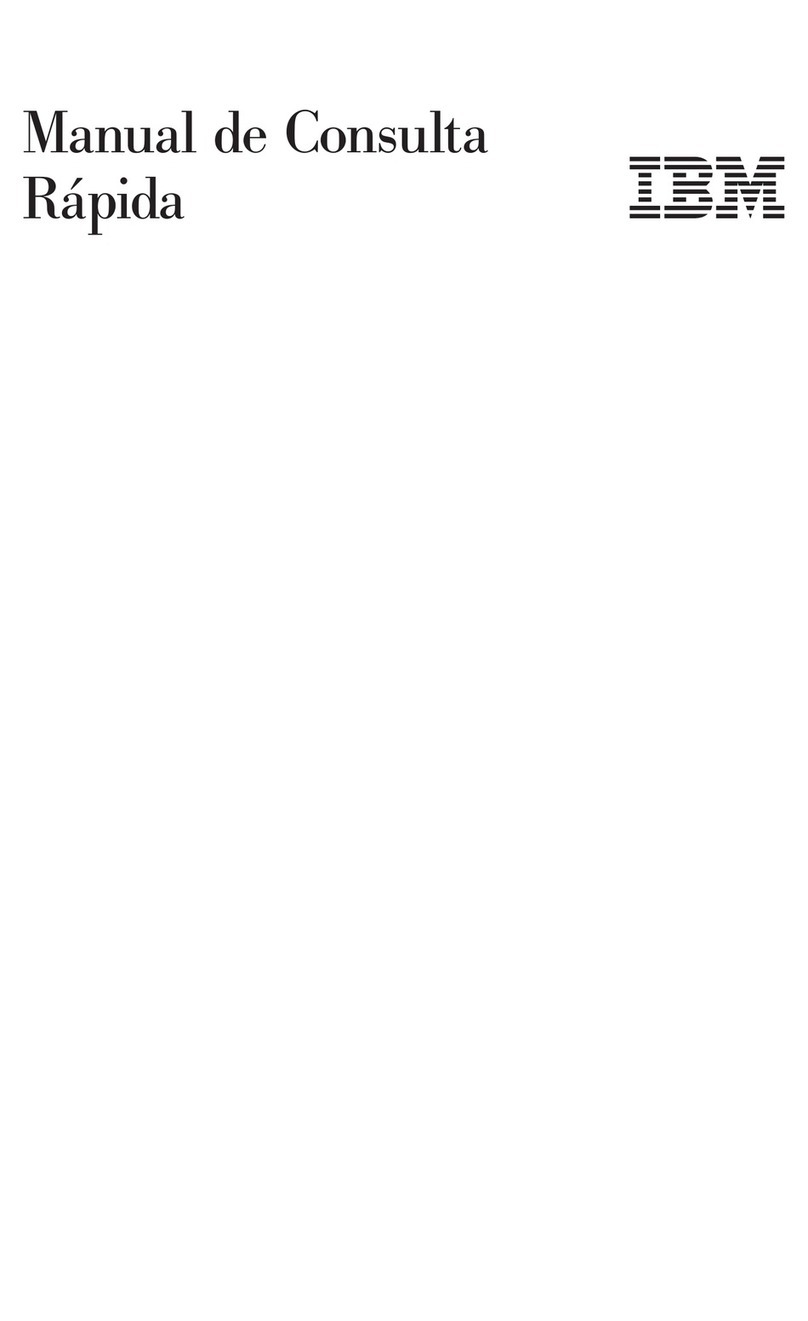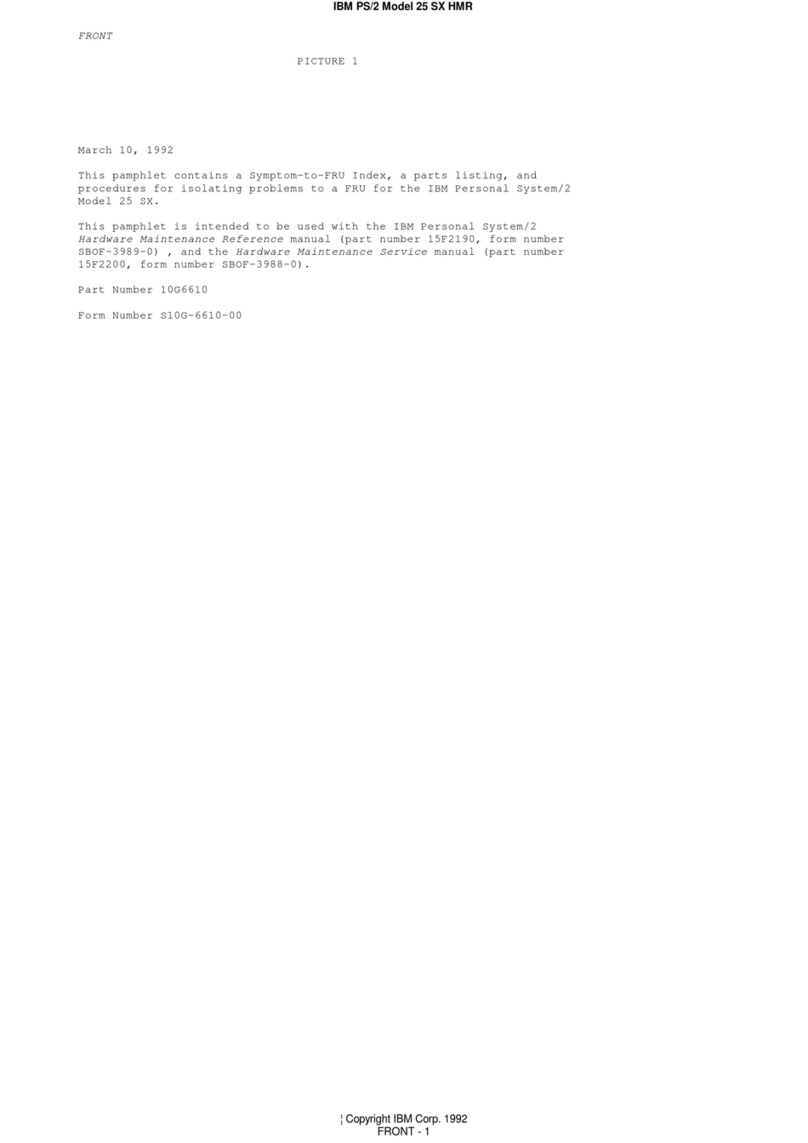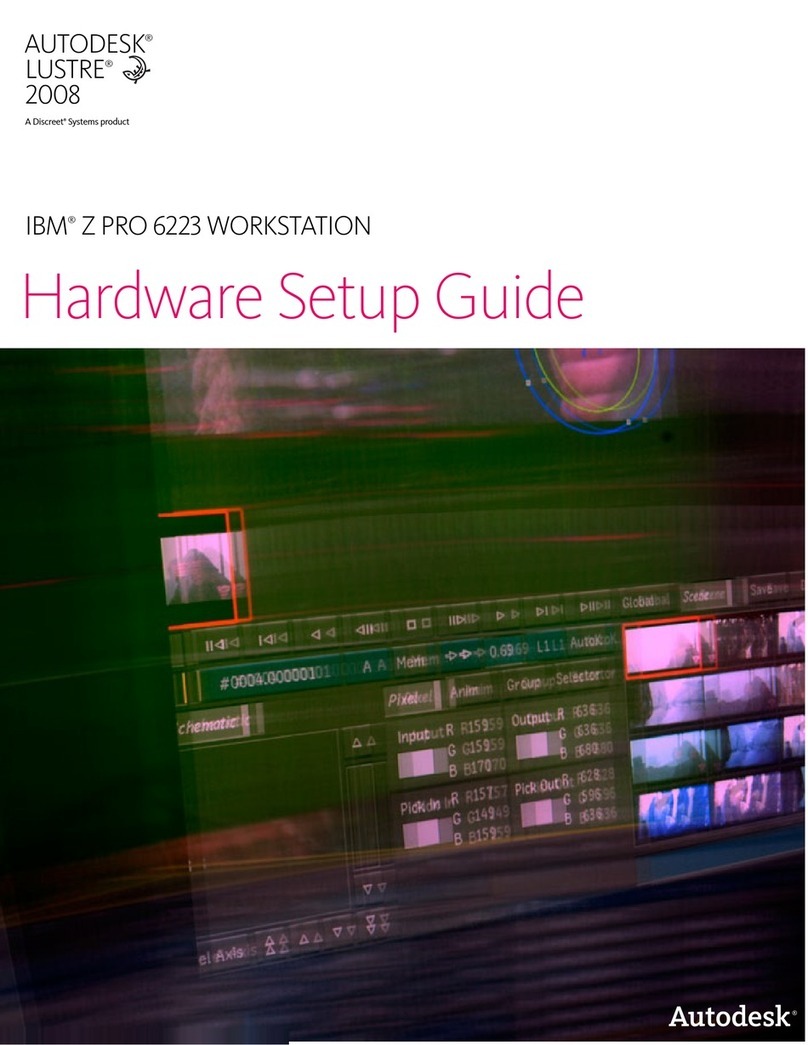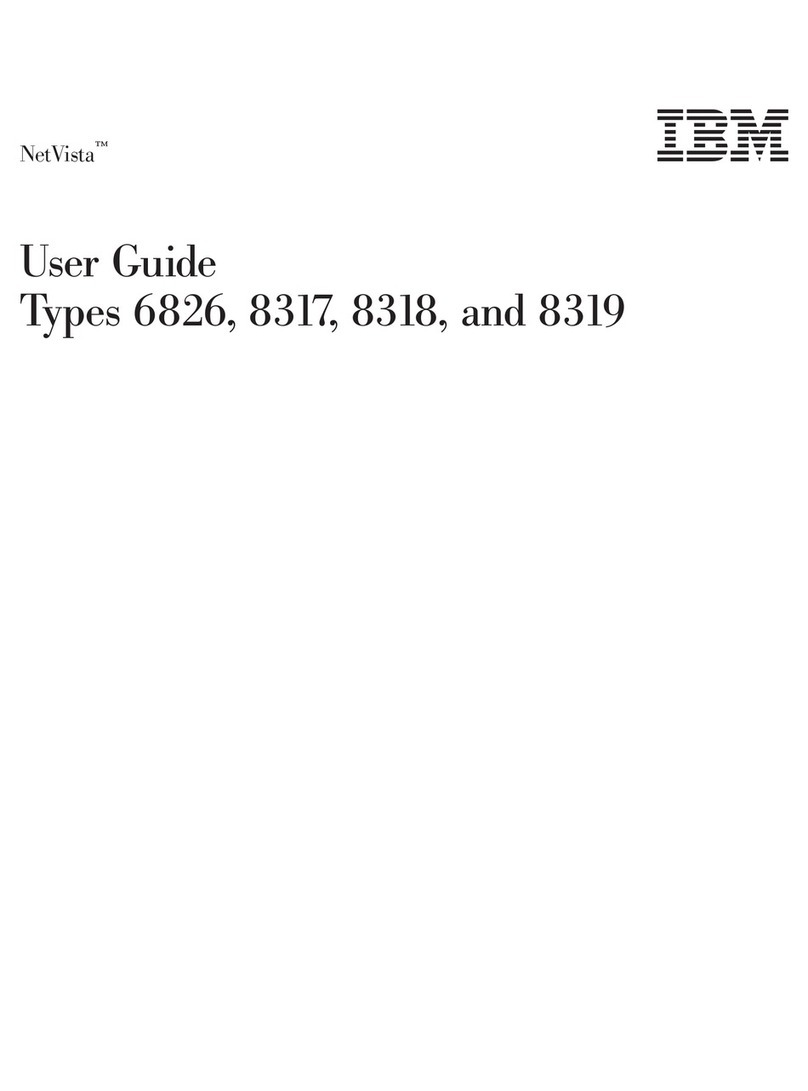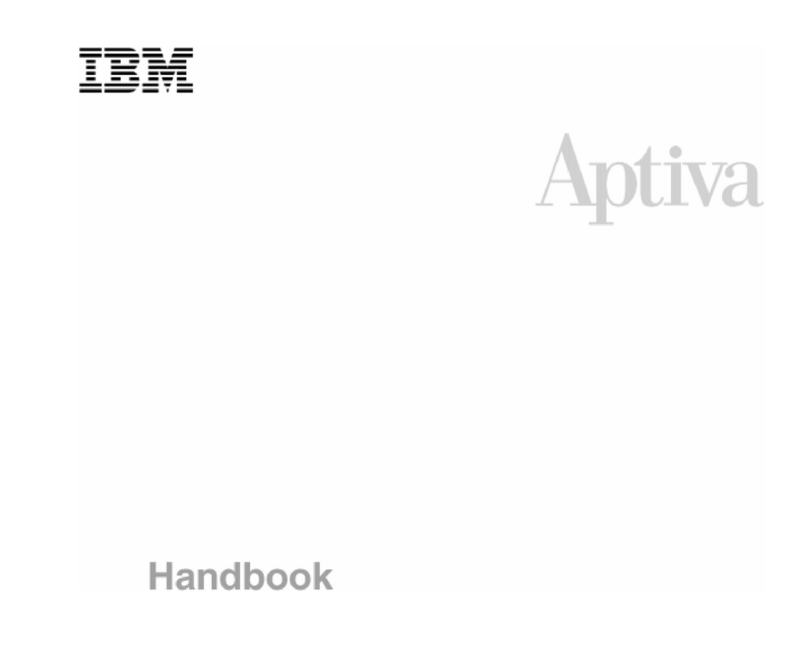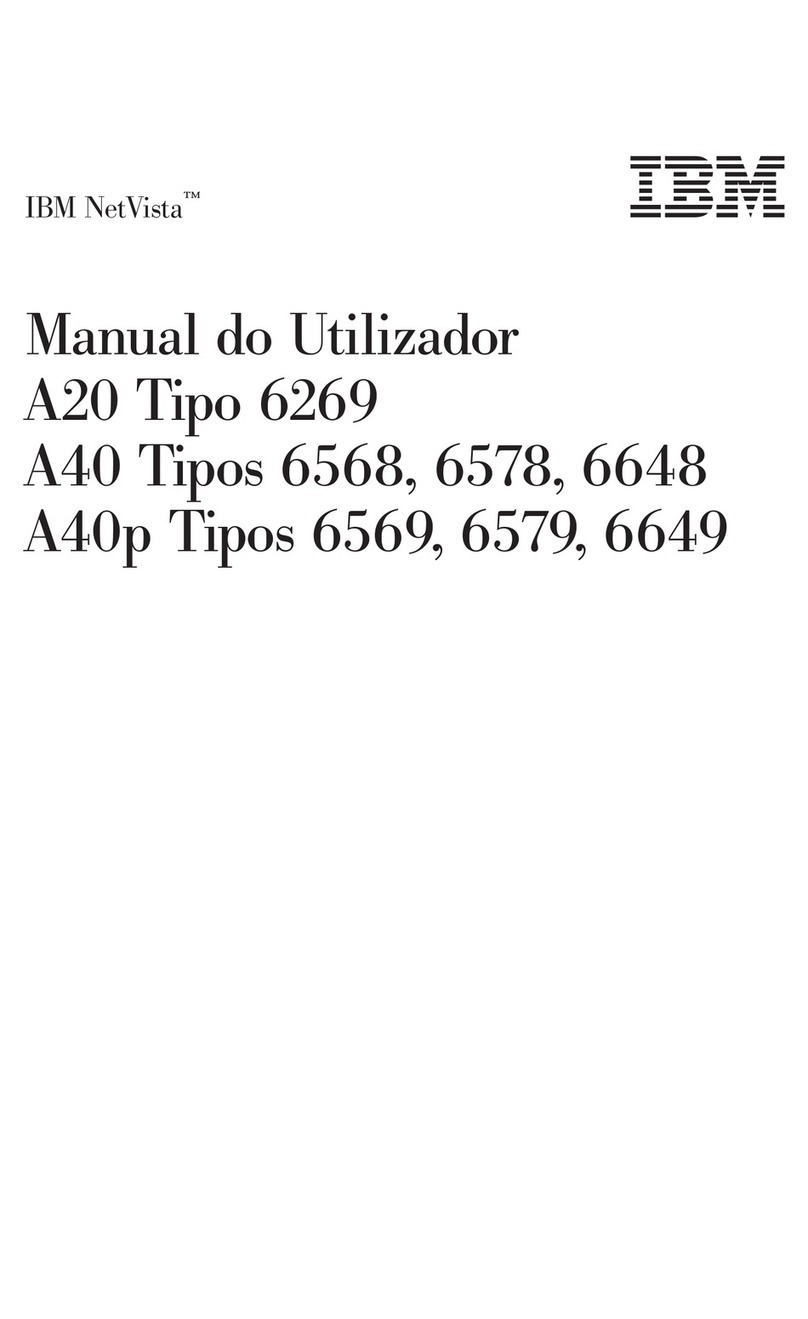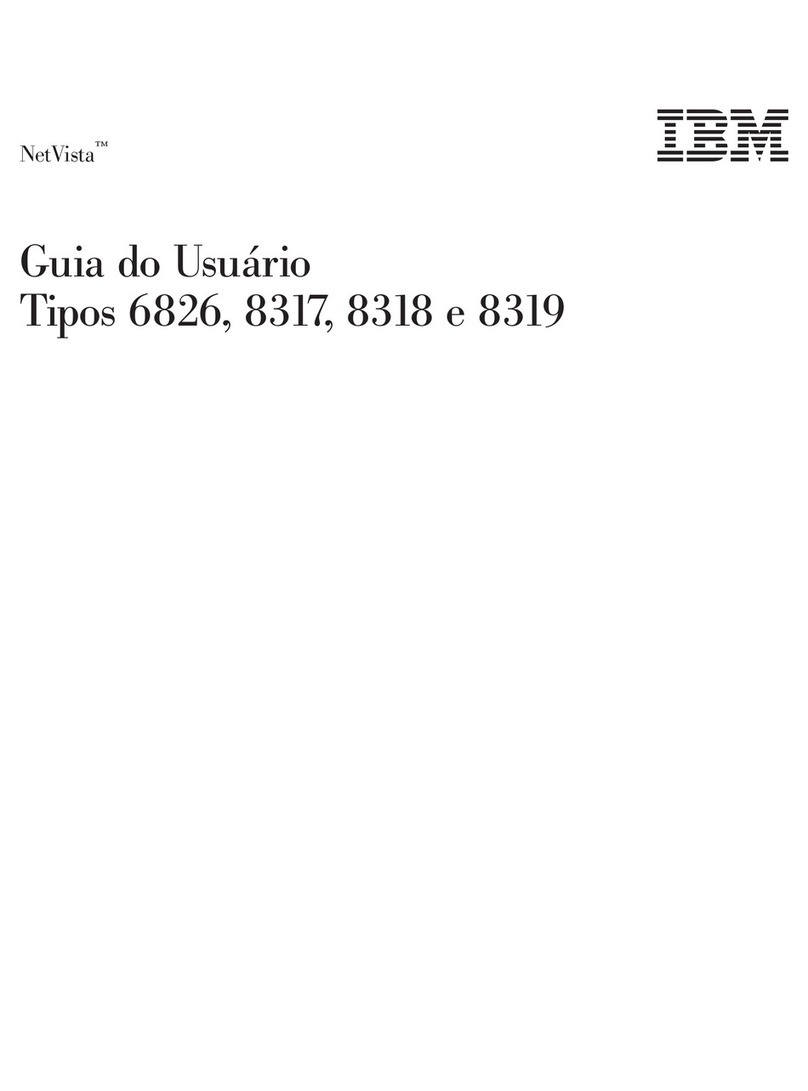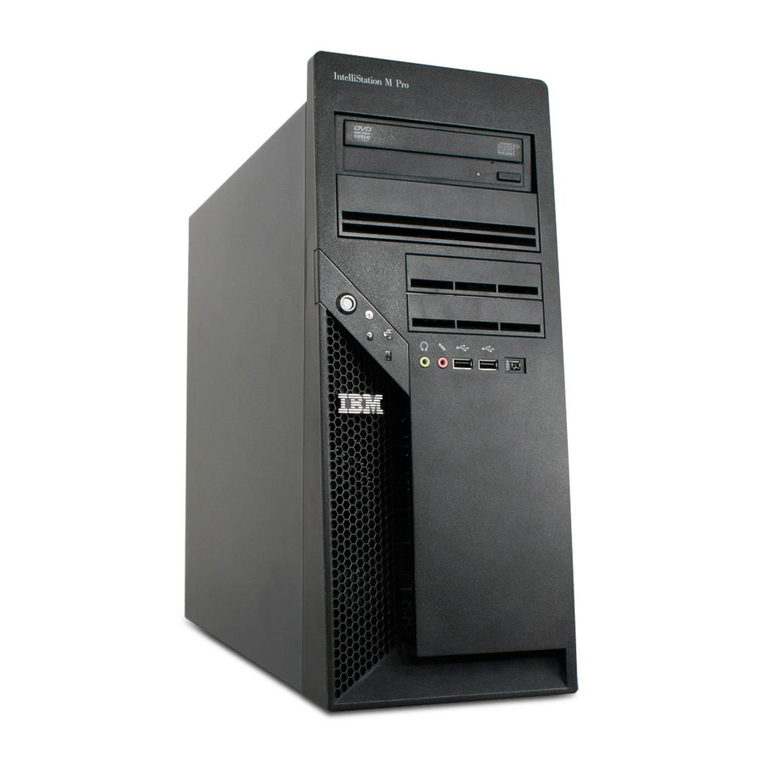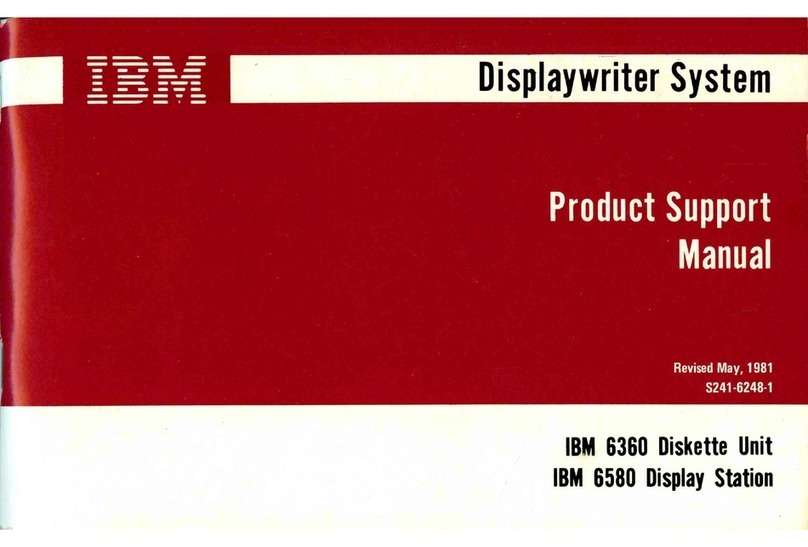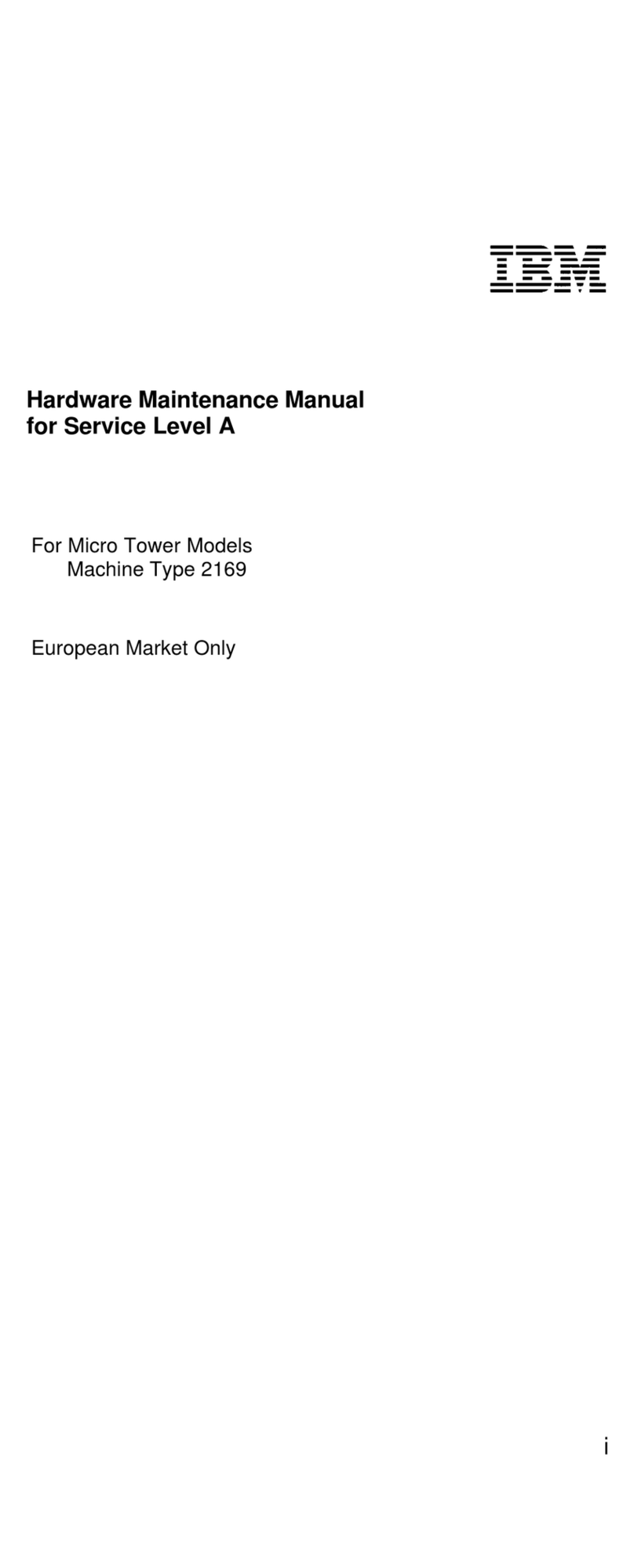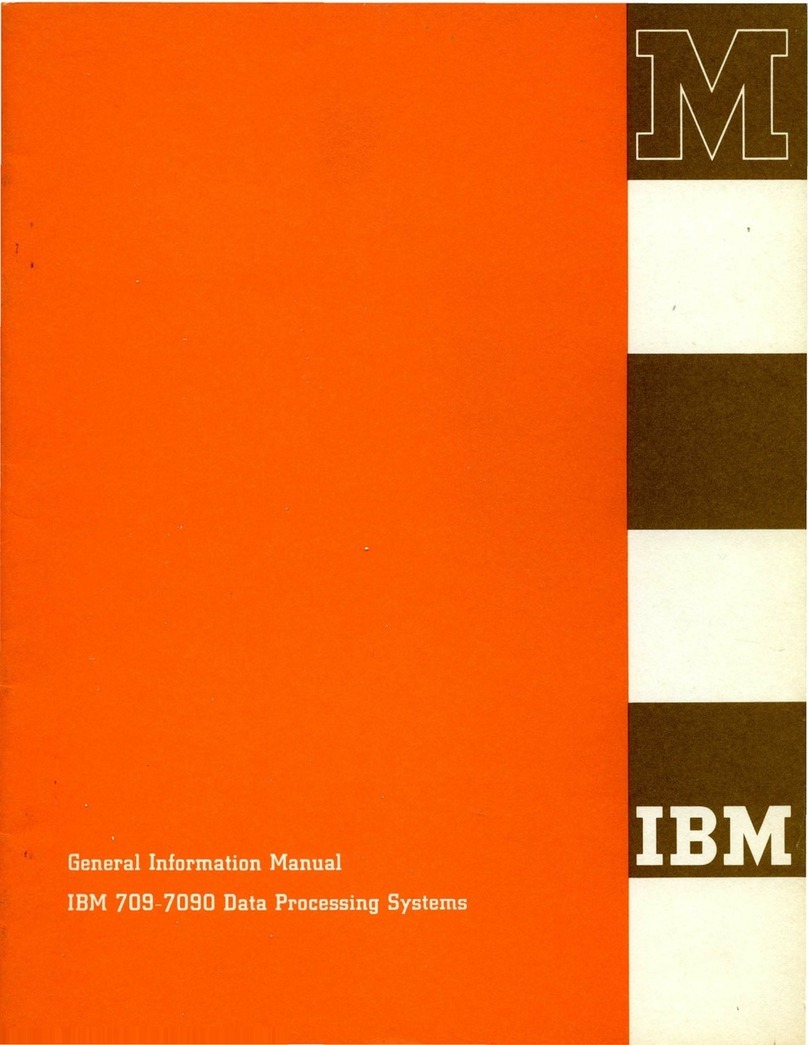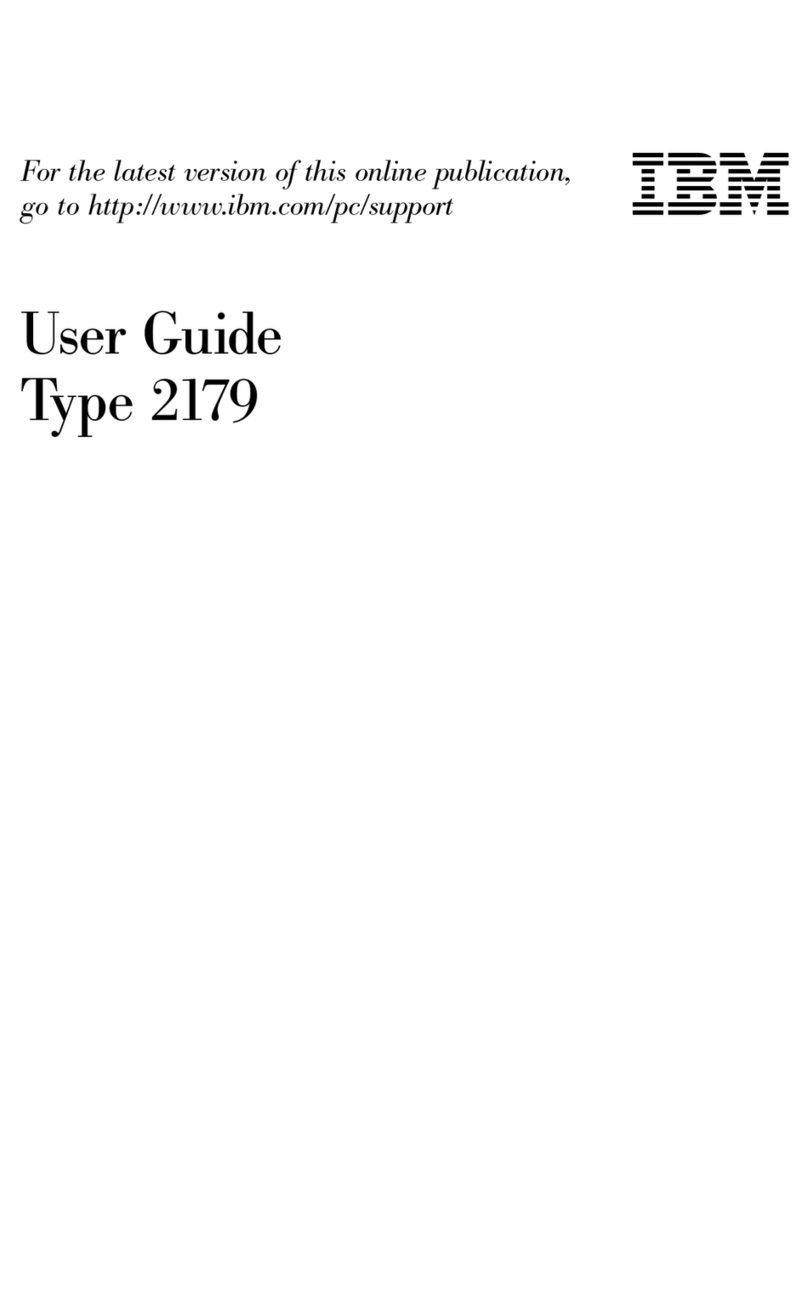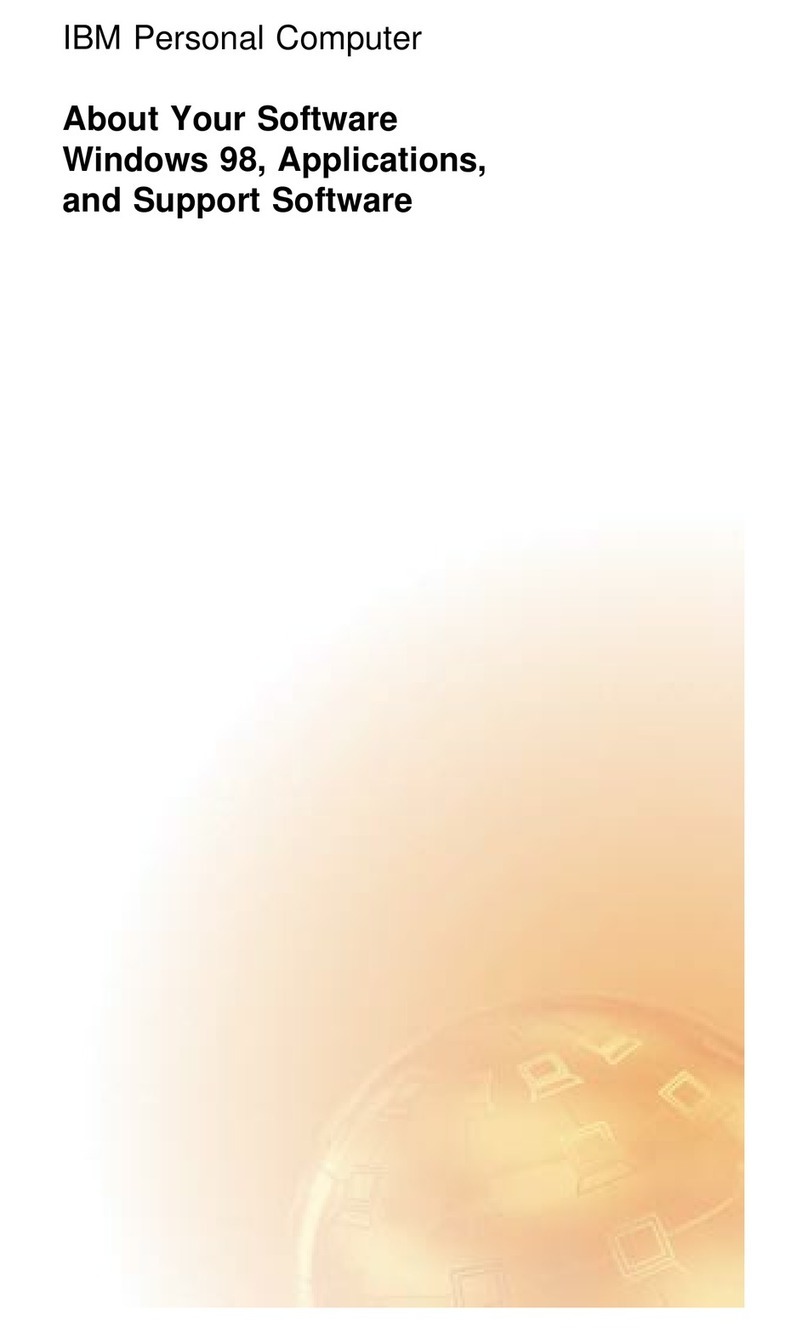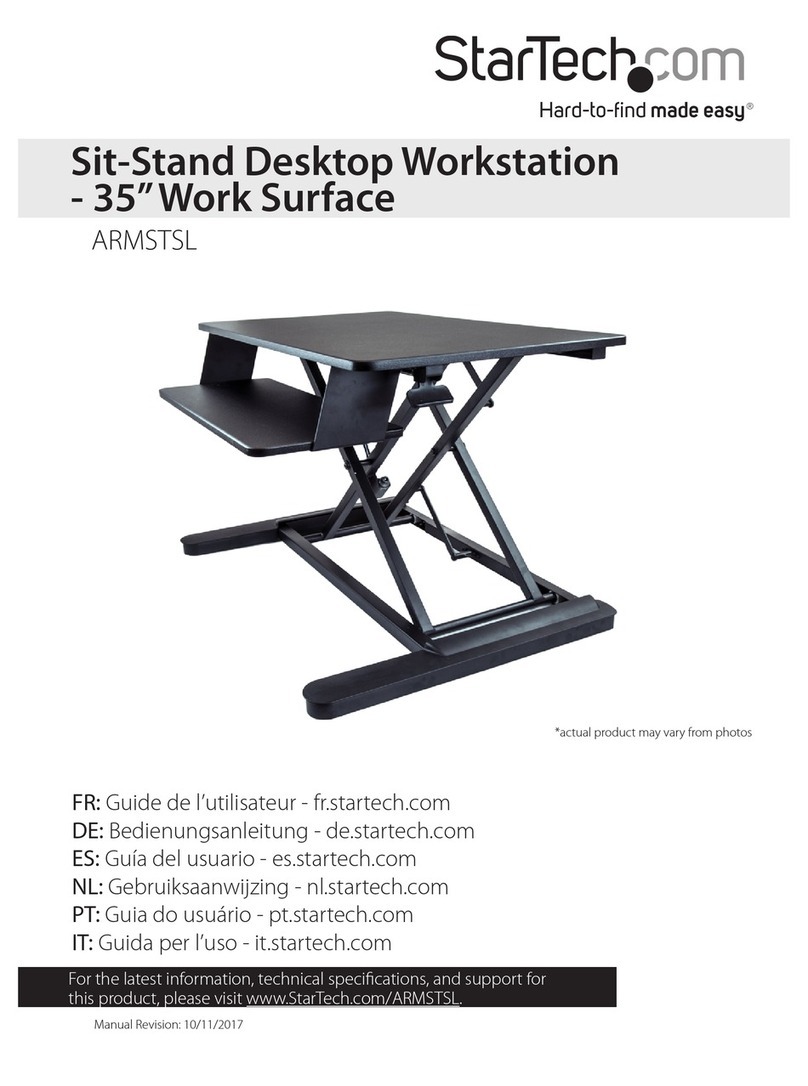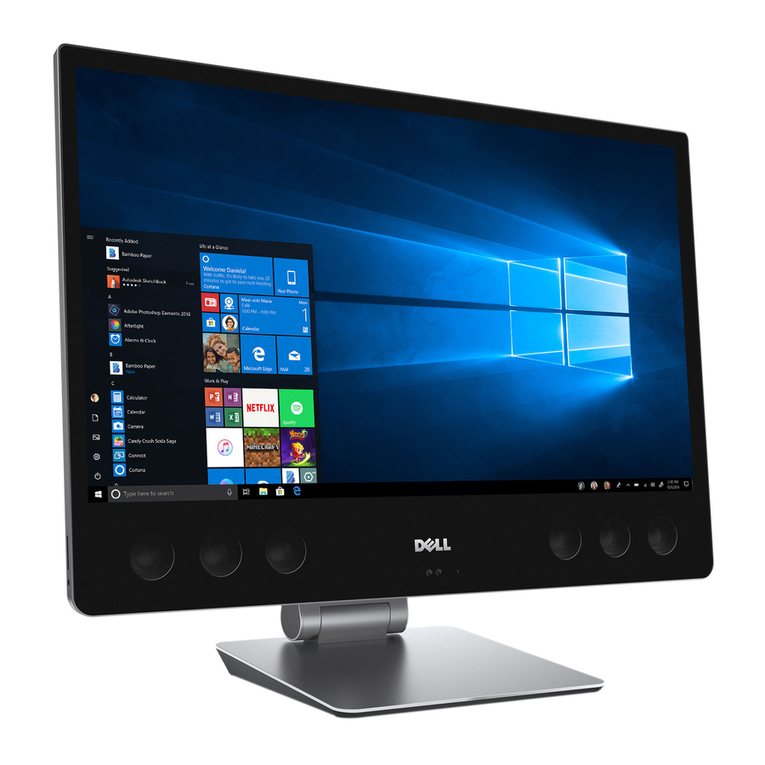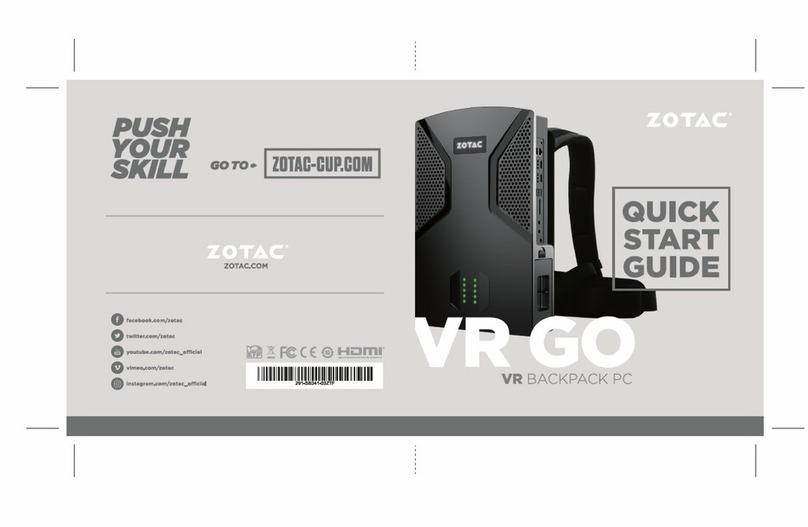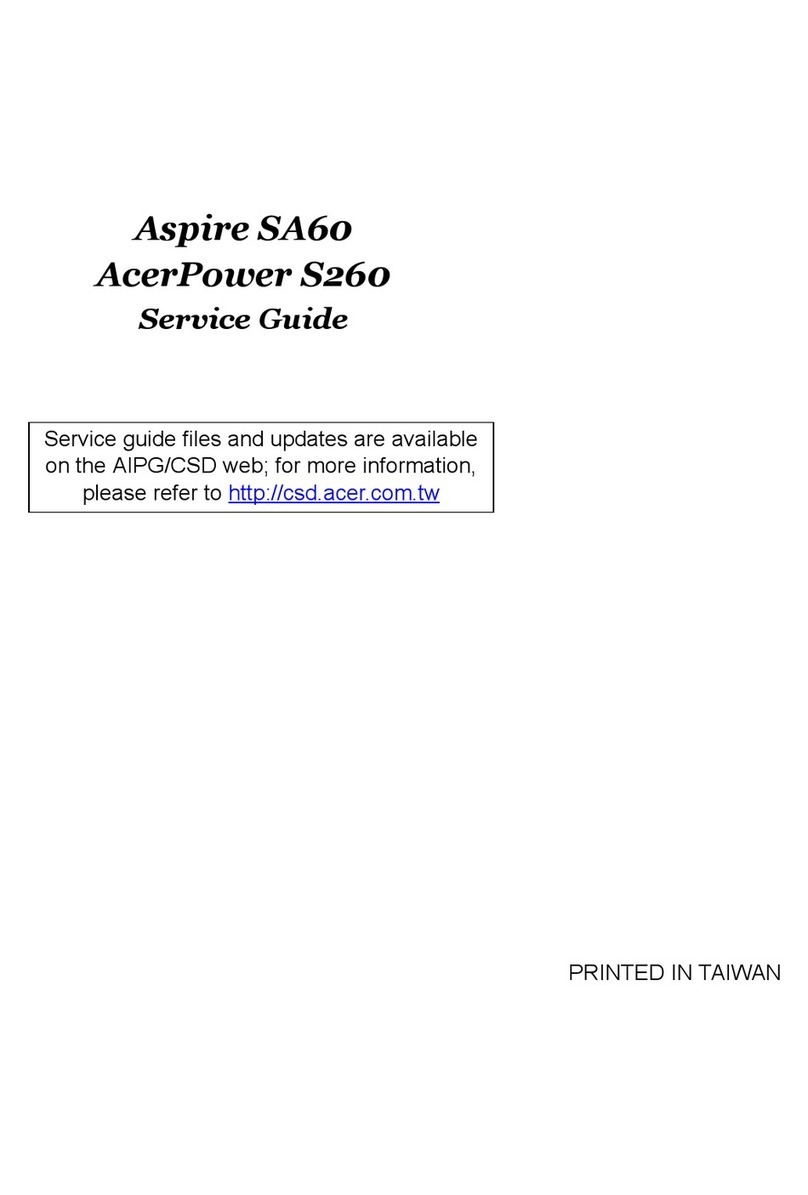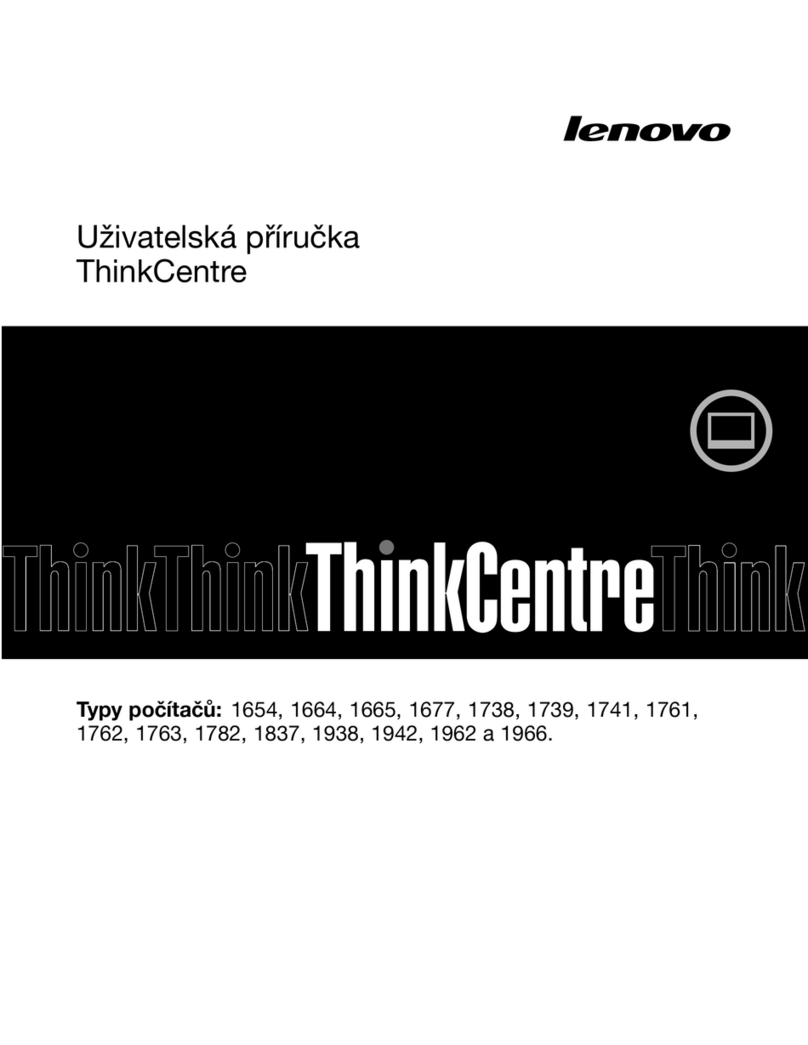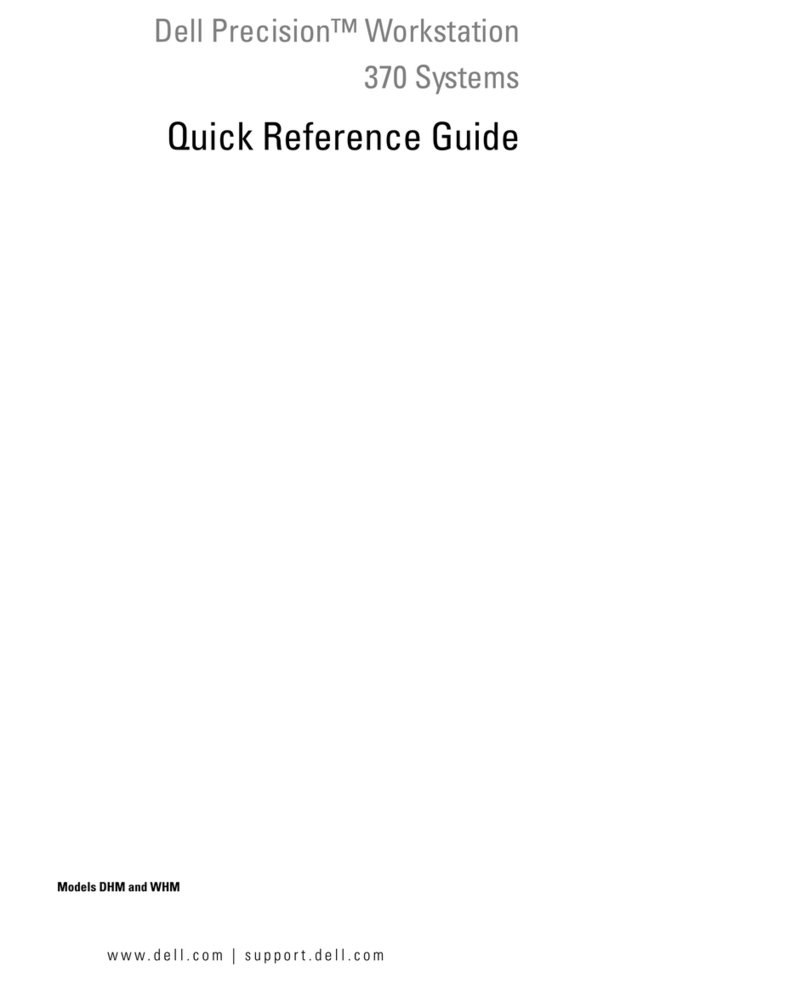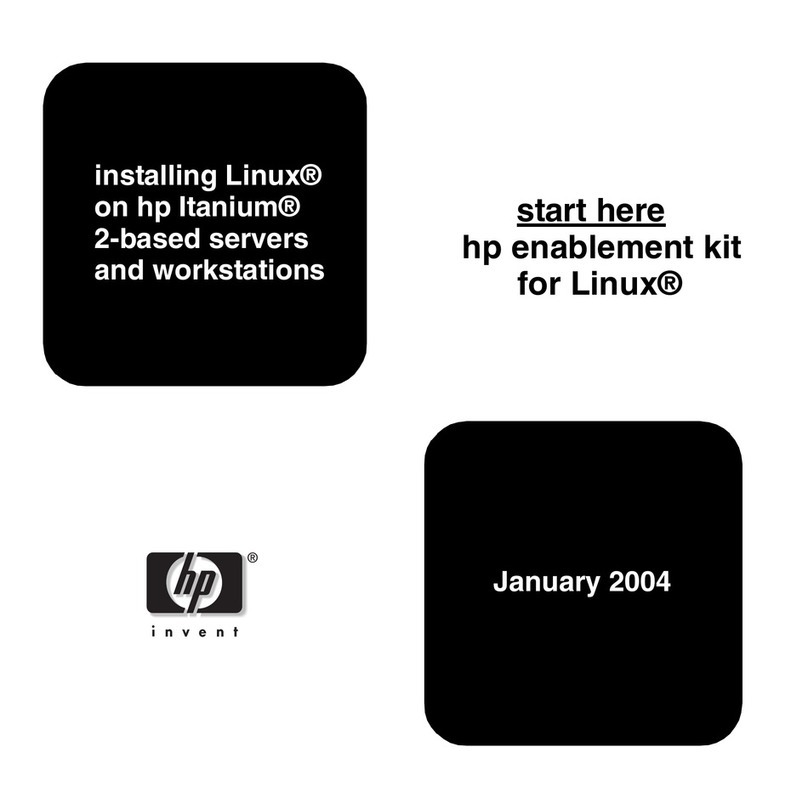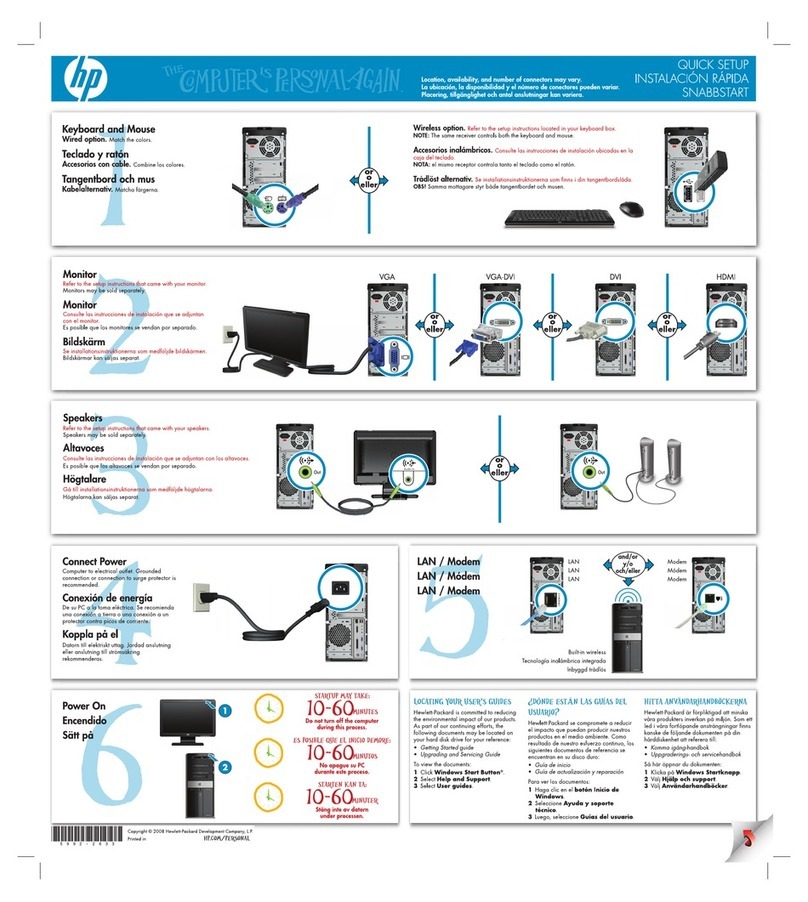Federal
Communications
Commission
(FCC)
Statement
Warning:
This
equipment
generates,
uses,
and
can
radiate
radio
frequency
energy
and
if
not
installed
and
used
in
accordance
with
the
instruction
manual,
may
cause
interference
to
radio
communications.
It
has
been
tested
and
found
to
comply
with
the
limits
for
a
Class
A
computing
device
pursuant
to
Subpart
J
of
Part
15
of
FCC
Rules,
which
are
designed
to
provide
reasonable
protection
against
such
in
terference
when
operated
in
a
commercial
environment.
Operation
of
this
equipment
in
a
residential
area
is
likely
to
cause
interference
in
which
case
the
user
at
his
own
expense
will
be
required
to
take
whatever
measures
may
be
required
to
correct
the
interference.
IBM
Statement
The
FCC
statement
is
required
for
those
machines
that
are
used
in
the
United
States.
CAUTION
This
product
is
equipped
with
a
line
cord
and
plug
designed
to
avoid
electrical
shock.
To
insure
electrical
safety,
the
user
MUST
supply
a
properly
grounded
power
receptacle.
Third
Edition
(October,
1984)
References
in
this
publication
to
IBM products, programs,
or
services do
not
imply
that
IBM intends
to
make
these available
in
all
countries
in
which IBM operates.
Any reference
to
an
IBM program
product
in
this
publication is
not
intended
to
state
or
imply
that
only IBM's
program
product
may
be
used. Any functionally
equivalent program may be used
instead.
Publications
are
not
stocked
at
the
address giv.en below. Requests for
IBM
publications should
be
made
to
your
IBM representative
or
to
the
mM
branch
office serving
your
locality.
A form for readers' comments is provided
at
the
back
of
this
publication.
If
the
form
has
been removed, address comments
to
IBM Corporation,
Department
52Q,
Neighborhood Road, Kingston, N.Y. 12401. IBM may use
or
distribute
whatever
information
you
supply
in
any
way
it
believes
appropriate
without
incurring
any
obligation
to
you.
(~i
Copyright
International
Business Machines Corporation
1983,
1984

